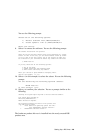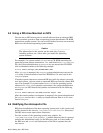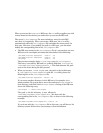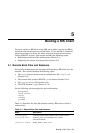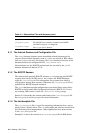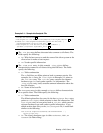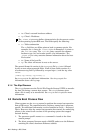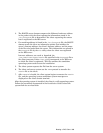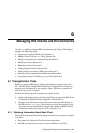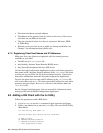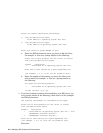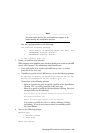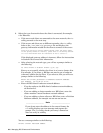3. The BOOTP server daemon compares the Ethernet hardware address
in the packet with the client registration information stored in its
/etc/bootptab file to determine if the client requesting the remote
boot is registered to the RIS server.
4. If a matching address is found in the /etc/bootptab file, the BOOTP
daemon sends the client an information packet that includes the
server’s Internet address, the client’s Internet address, and the name
of the file to be loaded from the server. This information was placed in
the bootptab file by the ris utility when the client was registered
on the RIS server.
Internet addresses are used to download the
/var/adm/ris
N.alpha/vmunix file specified in the bootptab file to
the client processor, where risN.alpha corresponds to the RIS area
to which the client is registered. This file contains the standalone
operating system used to start the installation.
5. The client system requests the file from the server system.
6. The client and server system use the TFTP protocol to transfer the
vmunix file to the client.
7. After vmunix is loaded, the client system begins to execute the vmunix
file, and the operating system standalone system messages are
displayed on the client console terminal.
After the operating system is installed, the client is a self-supporting system.
Follow the procedures documented in the Installation Guide to boot the
system from its own local disk.
Booting a RIS Client 5–5



